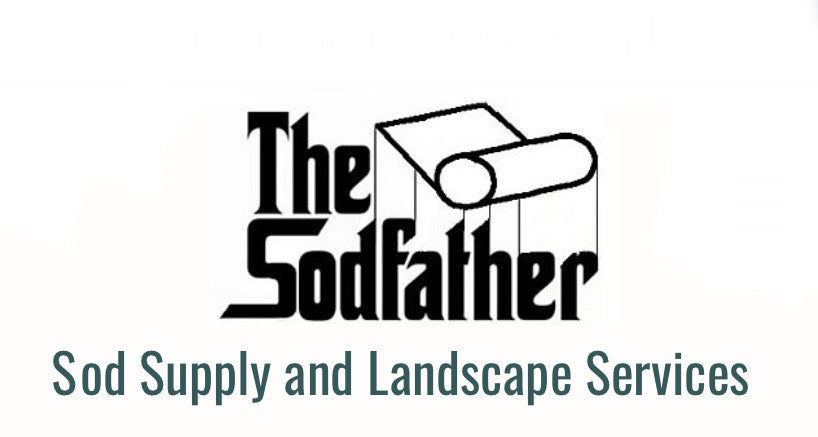Introduction: When it comes to creating a lush, vibrant lawn, selecting the right type of sod is crucial. Different grass varieties offer unique characteristics that suit various growing environments and maintenance preferences. In this guide, we'll compare three popular options: 100% Kentucky Bluegrass, 100% Creeping Fescue, and a 50/50 blend of Bluegrass and Fescue. By understanding the strengths and ideal growing conditions of each, you can make an informed decision for your landscaping needs.
100% Kentucky Bluegrass:
Characteristics: Kentucky Bluegrass is known for its fine texture, dense growth habit, and rich green color. It forms a thick, lush turf that withstands heavy foot traffic and recovers quickly from damage.
Growing Environment: Kentucky Bluegrass thrives in cool-season climates with moderate temperatures and ample sunlight. It prefers well-drained soil with a slightly acidic pH level.
Ideal Uses: Ideal for residential lawns, parks, and athletic fields where a durable, attractive turf is desired. Kentucky Bluegrass requires regular maintenance, including watering, mowing, and fertilizing.
100% Creeping Fescue:
Characteristics: Creeping Fescue, also known as Fine Fescue, has a finer texture and lower growth habit compared to Kentucky Bluegrass. It forms a dense, low-maintenance turf that tolerates shade and drought conditions.
Growing Environment: Creeping Fescue thrives in cooler climates and is well-suited for areas with partial shade or low sunlight. It can tolerate a wide range of soil types, including sandy or acidic soils.
Ideal Uses: Ideal for shaded areas, slopes, and regions with limited water availability. Creeping Fescue requires less mowing and fertilization compared to Kentucky Bluegrass, making it an excellent choice for low-maintenance landscapes.
50/50 Bluegrass and Fescue Blend:
Characteristics: A blend of Kentucky Bluegrass and Creeping Fescue combines the strengths of both grass varieties. This blend offers a balance of durability, density, and adaptability to varying growing conditions.
Growing Environment: Well-suited for a wide range of climates and soil types, the 50/50 blend is versatile and adaptable. It performs well in both full sun and partial shade and can withstand moderate foot traffic.
Ideal Uses: Suitable for residential lawns, golf courses, and commercial landscapes where a resilient, adaptable turf is desired. The blend requires moderate maintenance and provides an attractive, uniform appearance.
Conclusion: Choosing the right sod for your landscaping project depends on factors such as climate, soil conditions, sunlight exposure, and maintenance preferences. Whether you opt for 100% Kentucky Bluegrass, 100% Creeping Fescue, or a 50/50 blend of Bluegrass and Fescue, each option offers unique benefits and characteristics. By considering the ideal growing environment and desired aesthetics, you can select the perfect sod to achieve a healthy, vibrant lawn that enhances your outdoor space for years to come.




